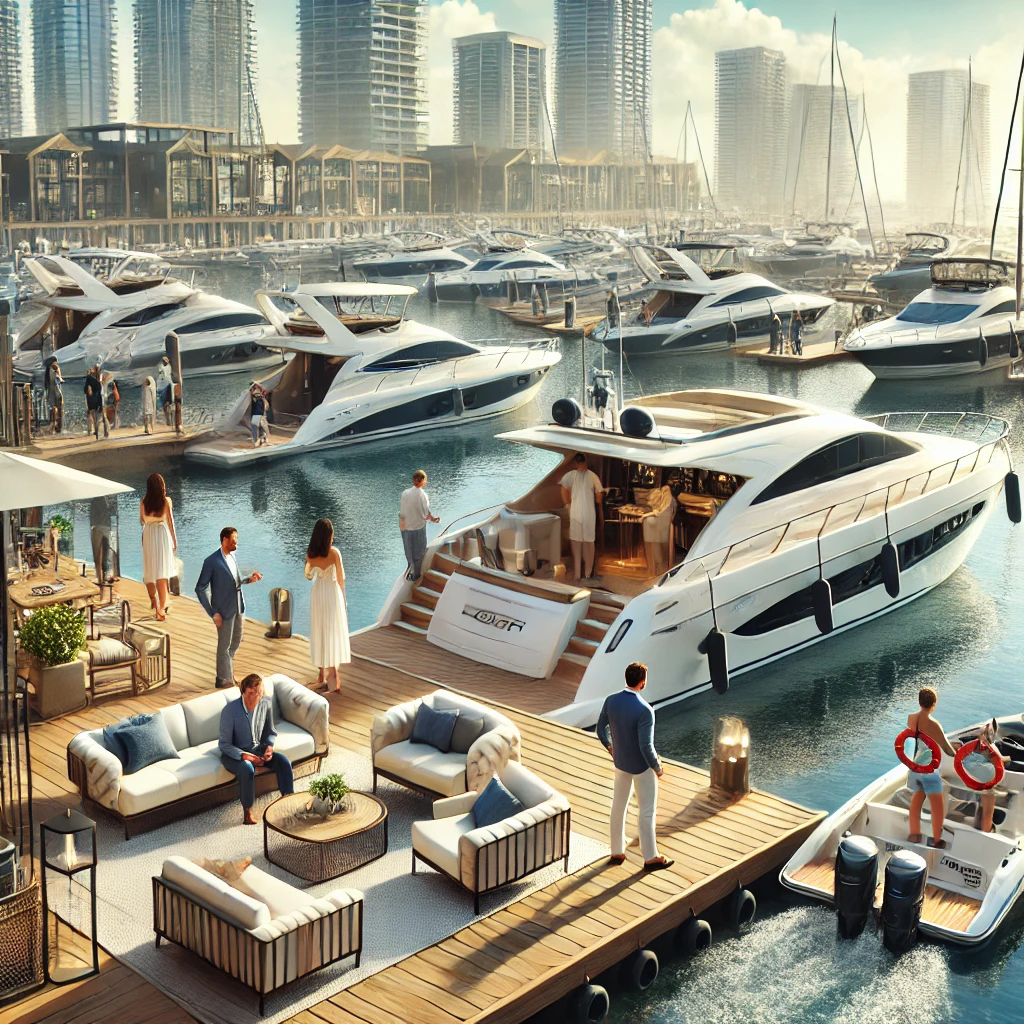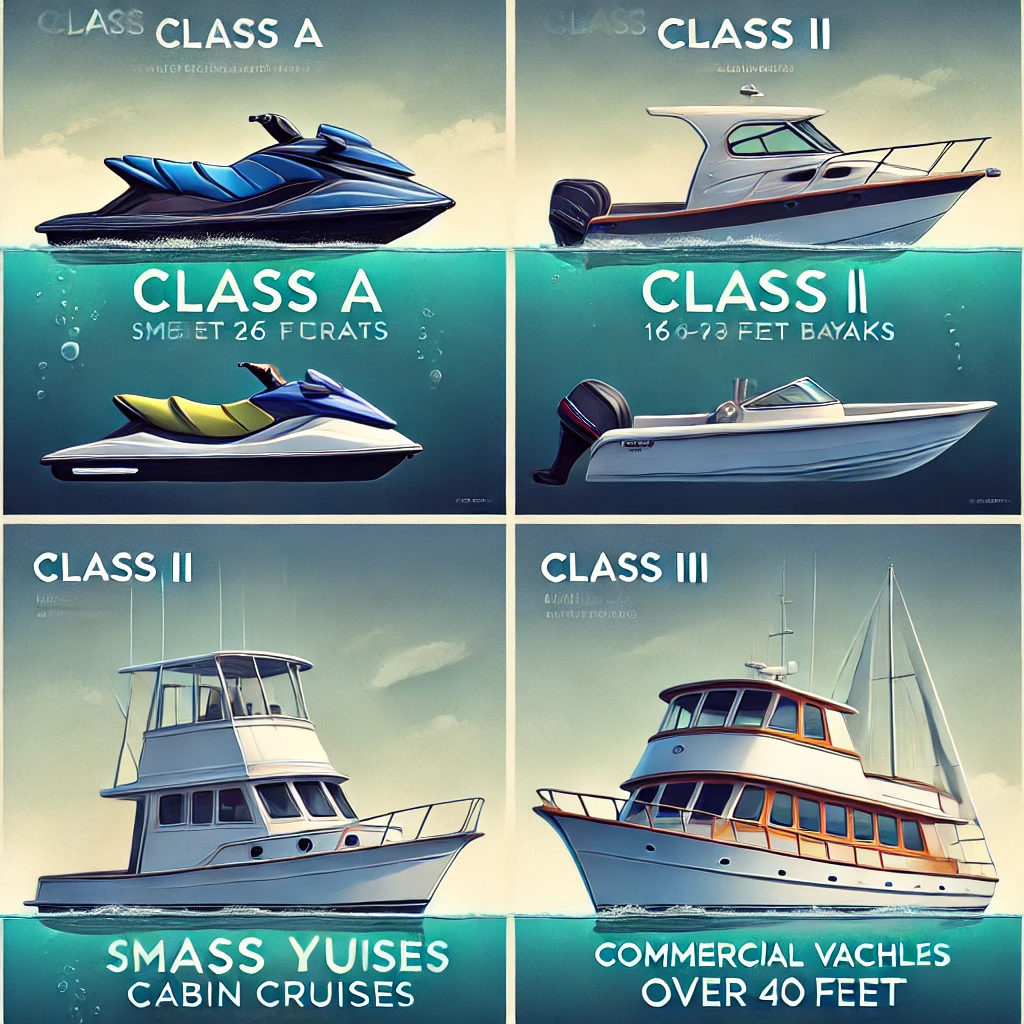



Boat Owners: A Highly Lucrative Target Market

Boat owners represent a prime consumer demographic with strong purchasing power, making them an excellent target market for a wide range of businesses. These individuals typically have higher-than-average disposable income, as boat ownership requires a significant investment in purchase, maintenance, storage, and accessories. Their lifestyle preferences revolve around outdoor recreation, travel, and leisure, creating numerous marketing opportunities for industries ranging from marine equipment and safety gear to luxury travel and waterfront real estate.
One of the key reasons boat owners are a valuable market segment is their ongoing investment in their hobby. Unlike one-time buyers, they continuously purchase upgrades, maintenance services, and accessories to enhance their boating experience. This includes navigation tools, fishing and water sports gear, high-end coolers, weatherproof apparel, and marine electronics such as GPS systems and fish finders. Many boat owners also spend on trailer maintenance, marina fees, and storage solutions, ensuring a steady demand for related products and services.
The Rising Popularity of Boats Each Year
The demand for boats has been steadily increasing, with more people embracing recreational boating as a preferred leisure activity. Whether for fishing, water sports, or luxury cruising, boating has become an appealing lifestyle choice for individuals and families alike. This growth is driven by several factors, including a rising interest in outdoor recreation, improved boat technology, and the increasing affordability of entry-level watercraft.
One of the biggest reasons for the surge in boat popularity is the growing appeal of outdoor and water-based activities. More people are looking for ways to disconnect from busy urban life, and boating provides an escape into nature, whether on lakes, rivers, or coastal waters. Fishing enthusiasts, water sports lovers, and those seeking relaxation are fueling the demand for different types of boats, from simple kayaks to high-end yachts.
The boating industry has also seen significant advancements in design and technology, making boats more accessible, efficient, and enjoyable. Innovations such as fuel-efficient engines, advanced navigation systems, and eco-friendly electric boats are attracting new buyers. Additionally, boat-sharing programs and rental services have made it easier for people to experience boating without the need for full ownership.
Another driving factor is the increased affordability of boats. While luxury yachts remain exclusive, many budget-friendly options, including pontoon boats, fishing boats, and personal watercraft, have made boating accessible to a wider audience. Financing options and second-hand boat markets have further contributed to the growth.
As boating continues to gain traction, the industry is expected to expand even further. With more people prioritizing experiences over possessions, the love for water-based recreation will likely keep rising, making boats an increasingly popular choice year after year.
Profile of Boat Owners
Exploring the World: The Essence of Travel and Tourism
Travel and tourism represent the vibrant industry that connects people to new places, cultures, and experiences. Whether for leisure, business, or exploration, traveling allows individuals to break from routine, discover new landscapes, and immerse themselves in different traditions and lifestyles. From bustling cityscapes to serene natural wonders, tourism fuels economies, fosters cultural exchange, and enhances global connectivity.
One of the biggest drivers of tourism is the desire for adventure and relaxation. People travel to escape the daily grind, seeking destinations that offer breathtaking sights, luxury resorts, historical landmarks, or thrilling outdoor activities. Whether it’s lounging on a tropical beach, hiking through majestic mountains, or exploring ancient ruins, every journey creates memories that last a lifetime.
Business travel is another crucial aspect of tourism, facilitating global trade, conferences, and networking opportunities. Many cities thrive on corporate tourism, hosting events, expos, and meetings that attract professionals from all over the world. This type of travel supports airlines, hotels, restaurants, and transportation services, making it an essential part of the global economy.
Additionally, sustainable and eco-tourism have gained popularity as travelers seek responsible ways to explore the planet. Many destinations now emphasize conservation, minimizing environmental impact, and supporting local communities. Travelers are more conscious of their footprints, opting for experiences that promote sustainability and cultural preservation.
Devices for Connectivity
In today’s fast-paced world, staying connected is essential, and communication devices play a crucial role in enabling seamless interaction. These devices come in various forms, ranging from traditional telephones to modern smartphones, wireless earbuds, and advanced satellite systems. They bridge gaps between individuals, businesses, and even international communities, ensuring that information is exchanged quickly and efficiently.
One of the most widely used communication tools is the smartphone. It has revolutionized how people connect, offering features such as instant messaging, video calls, and social media access, all in a compact, portable device. With the rise of high-speed internet and 5G technology, smartphones enable real-time communication regardless of location. Additionally, smartwatches and wearable communication devices have enhanced connectivity by providing quick access to notifications, calls, and voice commands without the need for a handheld device.
Beyond personal use, two-way radios and walkie-talkies remain essential for industries such as security, construction, and emergency response. These devices offer reliable, real-time voice communication without the need for cellular networks, making them invaluable in areas with poor reception. Similarly, satellite phones are critical for travelers, remote workers, and military personnel, as they provide connectivity in isolated regions where traditional networks are unavailable.
For business and professional communication, video conferencing tools such as Zoom, Microsoft Teams, and VoIP phones have transformed workplace collaboration, enabling seamless meetings across the globe. With the integration of artificial intelligence, chatbots, and virtual assistants, communication technology continues to evolve, making interactions more efficient and intelligent.
The Four Major Categories of Boats
The first category is Class A boats, which are the smallest vessels, measuring under 16 feet in length. These include personal watercraft (PWC) like jet skis, small dinghies, canoes, and kayaks. They are lightweight, easy to maneuver, and commonly used for short-distance travel, water sports, and leisure activities in lakes, rivers, and coastal areas. Since they are small, Class A boats often require extra caution regarding stability, especially in rough waters.
Class I boats range from 16 to 26 feet and offer greater versatility. This category includes small sailboats, bowriders, deck boats, and some fishing boats. These vessels are popular for recreational activities such as fishing, watersports, and cruising. They typically have outboard or inboard motors and can handle moderate waves, making them suitable for both inland and coastal waters. Many Class I boats feature enclosed storage, seating areas, and even small cabins for added comfort.
Class II boats measure between 26 and 40 feet and are often considered mid-sized vessels. This category includes cabin cruisers, larger fishing boats, and small yachts.

Various Types of Boats and Their Uses
Boats come in a wide range of categories, each designed for specific purposes, environments, and user preferences. Whether for recreation, fishing, transportation, or commercial activities, the diversity of boat types ensures that there is a vessel suited for every need. From small personal watercraft to large commercial ships, each category has unique features that make it ideal for particular tasks.
Recreational boats are among the most popular and widely used types. This category includes speedboats, pontoon boats, and deck boats, which are perfect for leisure activities such as water sports, cruising, and family outings. Pontoon boats, in particular, are favored for their spacious and stable design, making them great for relaxing on lakes and rivers. Jet skis, another form of recreational watercraft, provide high-speed thrills and are commonly used in coastal areas and lakes.
Fishing boats, designed specifically for anglers, vary based on the type of fishing and water conditions. Bass boats are lightweight, fast, and equipped with specialized gear for freshwater fishing. Offshore fishing boats, such as center console and sportfishing yachts, are built for deep-sea adventures, featuring powerful engines, live wells, and ample storage for fishing gear. Smaller aluminum fishing boats are popular for casual anglers who prefer inland lakes and rivers.
Sailing boats, which rely on wind power, come in multiple designs, from small dinghies to luxurious sailing yachts. They are ideal for those who enjoy the art of sailing and long ocean voyages. Meanwhile, houseboats provide floating accommodations with modern amenities, offering a unique living experience on the water.


